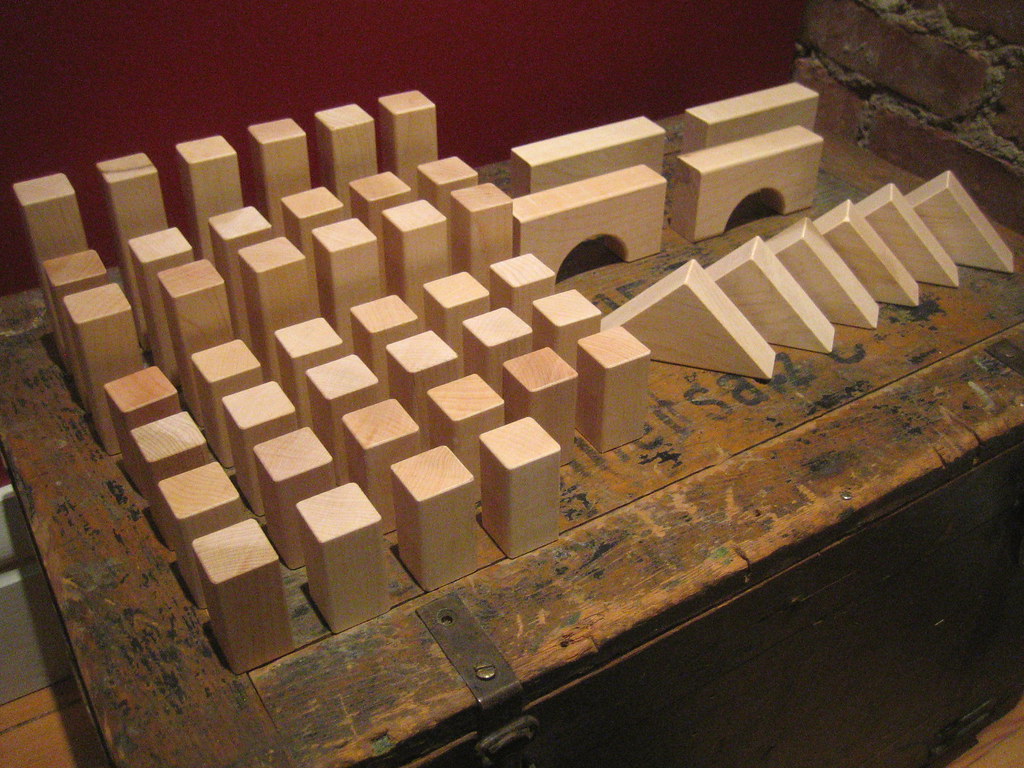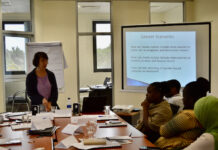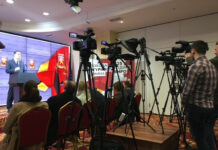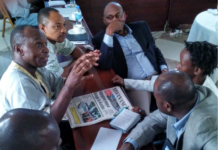
This training module was written for a journalism training course in Azerbaijan where those attending had no previous journalism experience or training.
How to construct a news story
A journalist writing a news story is the author, organiser and decision maker. Without them the story may never be told.
They assemble the material they have at hand and which they have researched and uncovered, and then they make the most important decision of all by asking the question – is there a story?
Thousands of possible stories disappear each day because they fail to make it through this first stage of the production process, let’s try to make sure that yours don’t.
If you decide that there is a story, you then need to think through which part or parts of it are of potential interest.
This affects how you should tell the story, what angle you should take and the main points you should try to get across. Perhaps even more importantly, what you can leave out.
There is almost never enough time or space for all your material. Something usually has to go, and it’s best to start thinking about this sooner rather than later.
Despite what you may hear about the objectivity of news, you as the writer cannot help being subjective because you are applying your own judgement and values.
The important thing is that your judgement is not just a personal preference. It is guided and based on journalistic principles.
If you are knocked down by a car and break a leg, a limited number of people will be interested – your family and friends, of course, your employer, your insurance company, and just about nobody else. The incident is unlikely to make a news item.
If the president of your country is involved in a road accident, that is front-page news and probably even the lead item in broadcast news bulletins.
Is a story newsworthy?
The different responses to these two events are a matter of judgement, of news judgement.
A range of considerations comes into play every time you have to decide if a story is newsworthy or not. Here are some of them:
The source: Is it reliable, trustworthy, independent, honest, believable? If you have doubts, can you carry out checks?
The subject: Does it fit my output? If you are writing for a sports magazine, you will probably not be too interested in finance, crime, science, international trade or health, unless there is a sports angle.
The people: What interest is there likely to be in what the individuals in the story are doing? If it’s a choice between you and the president, you lose every time.
The audience: Will this story appeal to many of my readers, viewers, or listeners? There’s not much point in carrying serious financial news in a celebrity-centred popular newspaper.
The surprise: How unusual is this event or development? Something unexpected is more likely to make the news than a routine happening.
The knowledge: Is this story new or has it been published before? If so, by whom? Will it have been widely circulated, or will most people be learning about it for the first time?
The timing: Even if the story is not recent, and the event is many years old, it can still be worth running if the information has only just come to light.
The yawn: Have we just had too many stories on this subject? Let’s look for something else before we lose our audience through boredom?
What next? You have decided to run a story. One of the key stages in preparing it for publication comes next – how do you organise and structure the material?
There are two main models for news writing. One the pyramid, the other involves six honest men. We will deal with this in our next module titled ‘Essential elements of a news story’.








